In Russia’s arctic wilderness, the remnants of one of the Soviet Union’s most tragic gulag projects now lies largely forgotten.
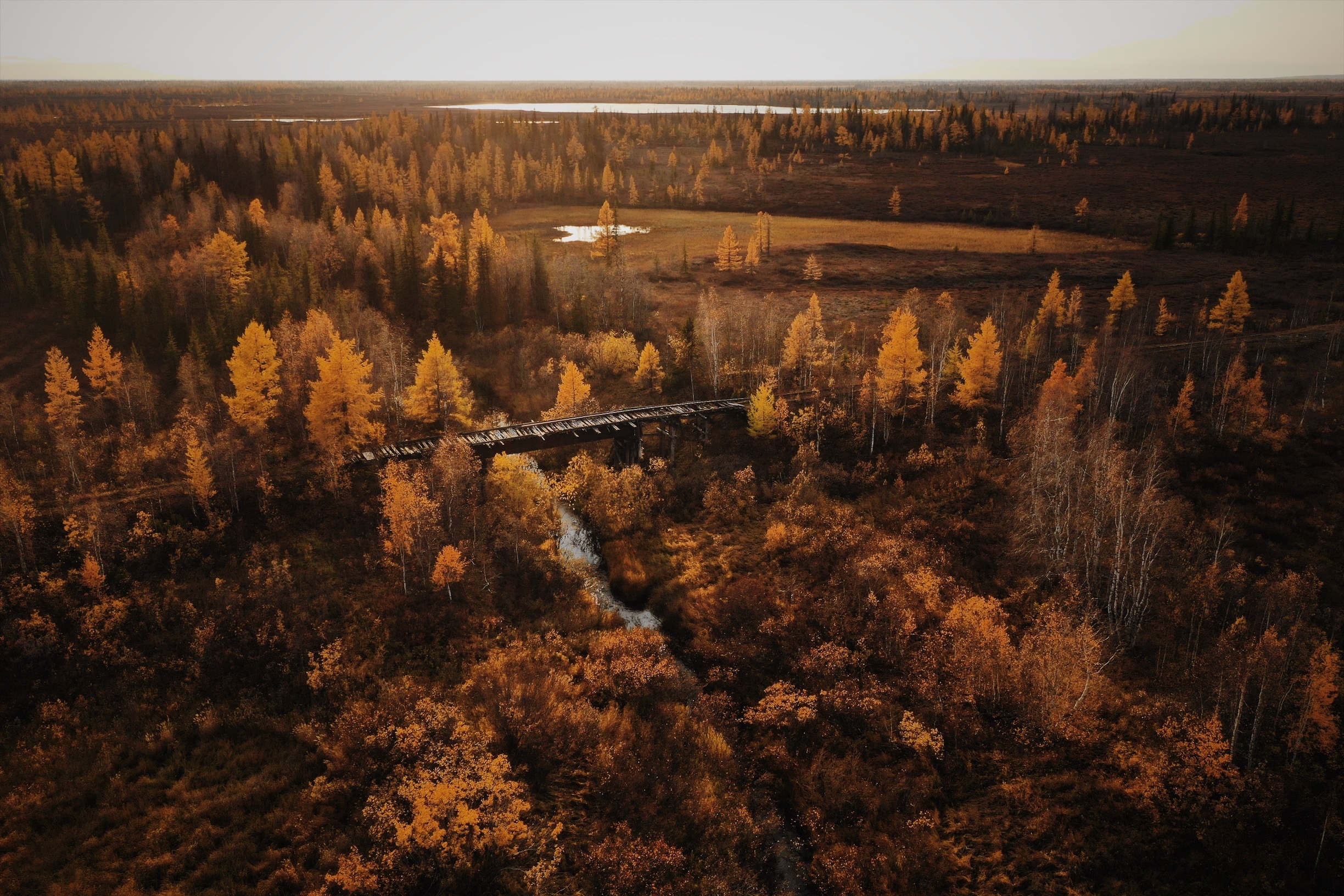
A rotting railway bridge in the Siberian outback
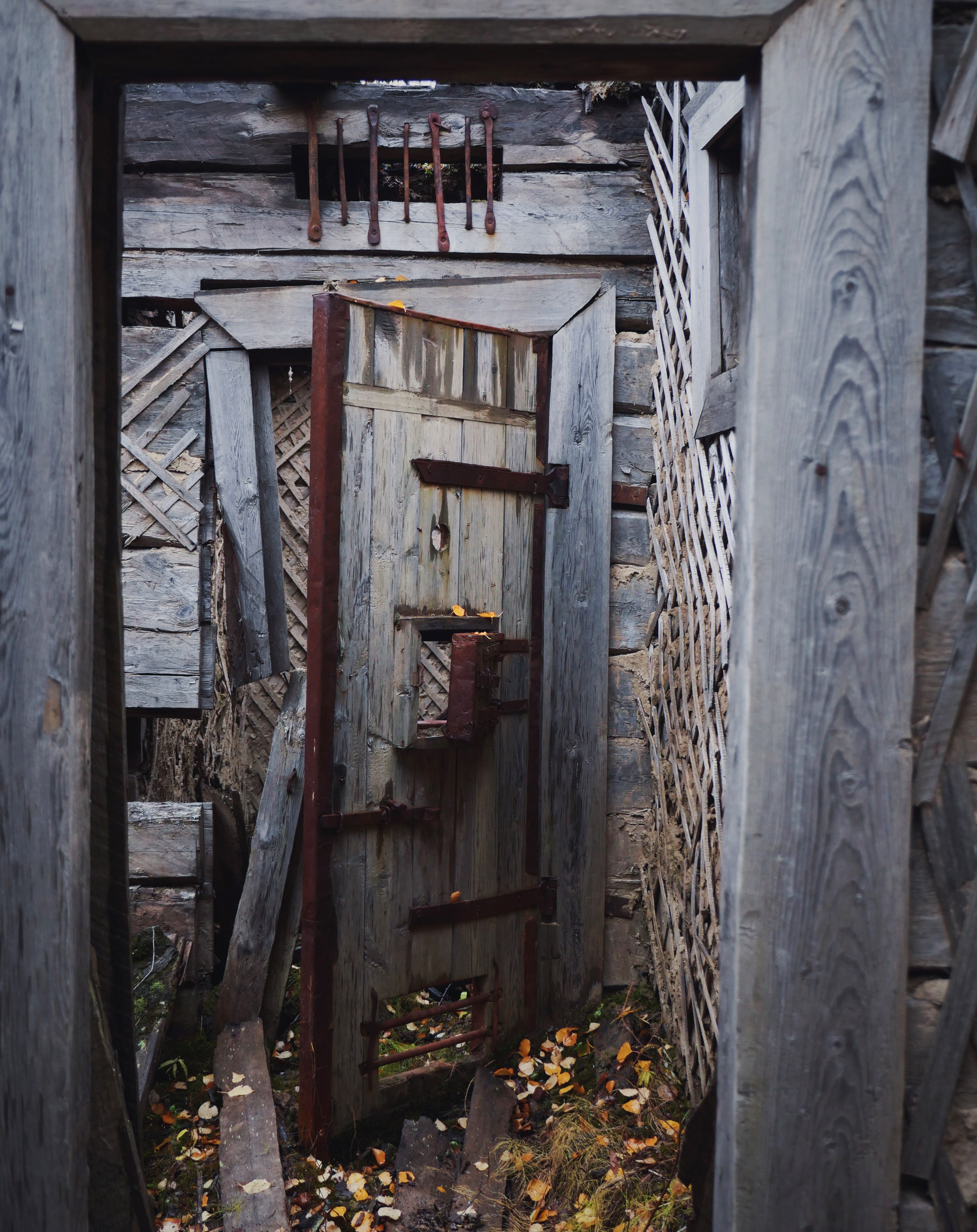
A punishment cell for prisoners
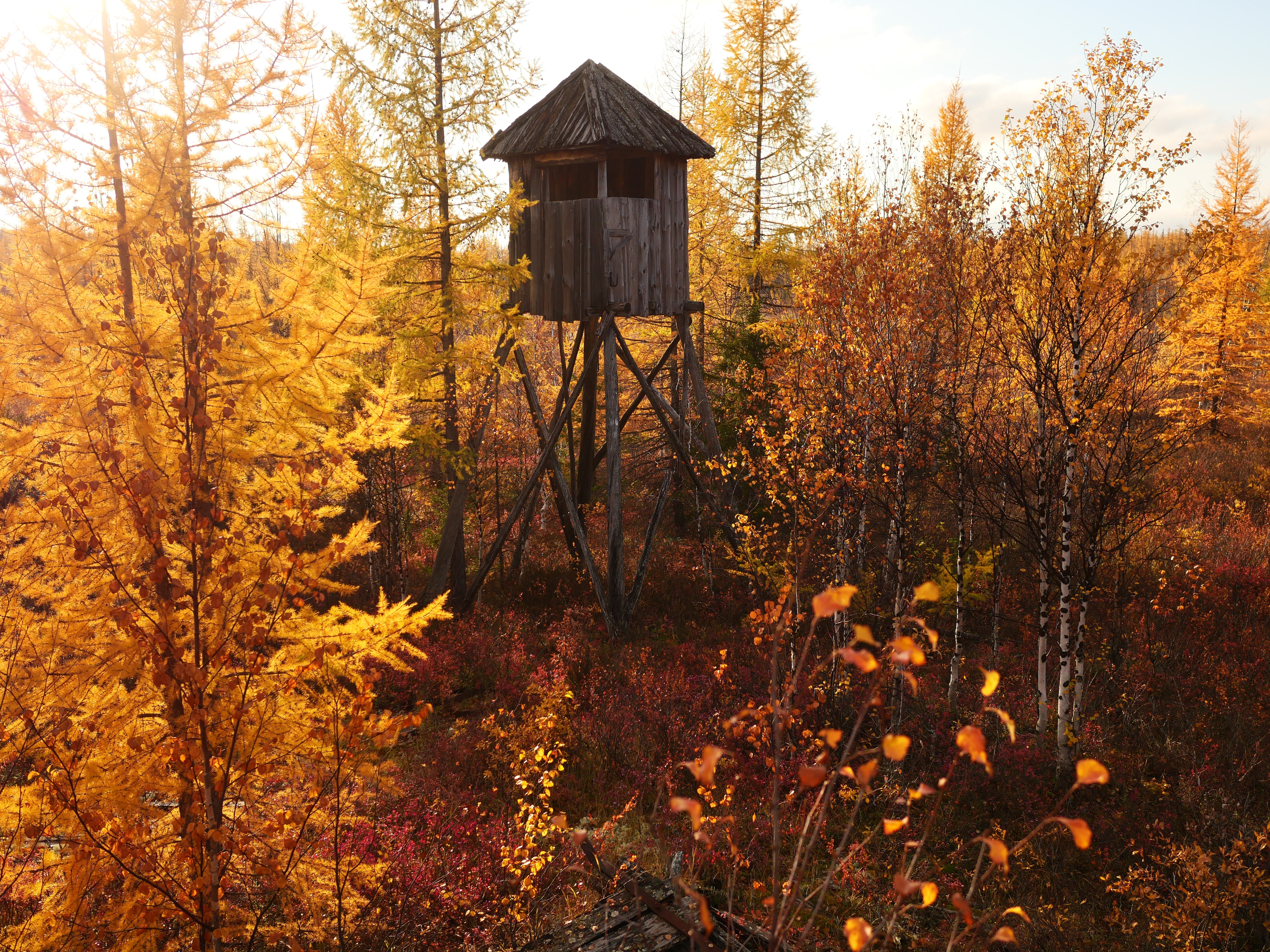
A guard’s watchtower in autumn forest

These are some of the ruins of Josef Stalin’s abortive “Transpolar Mainline” railway.

From 1947 until 1953, tens of thousands of prisoners, many of them “politicals” convicted for “anti-Soviet acts,” were shipped to northern Russia to lay a railroad through some of the harshest terrain on Earth.
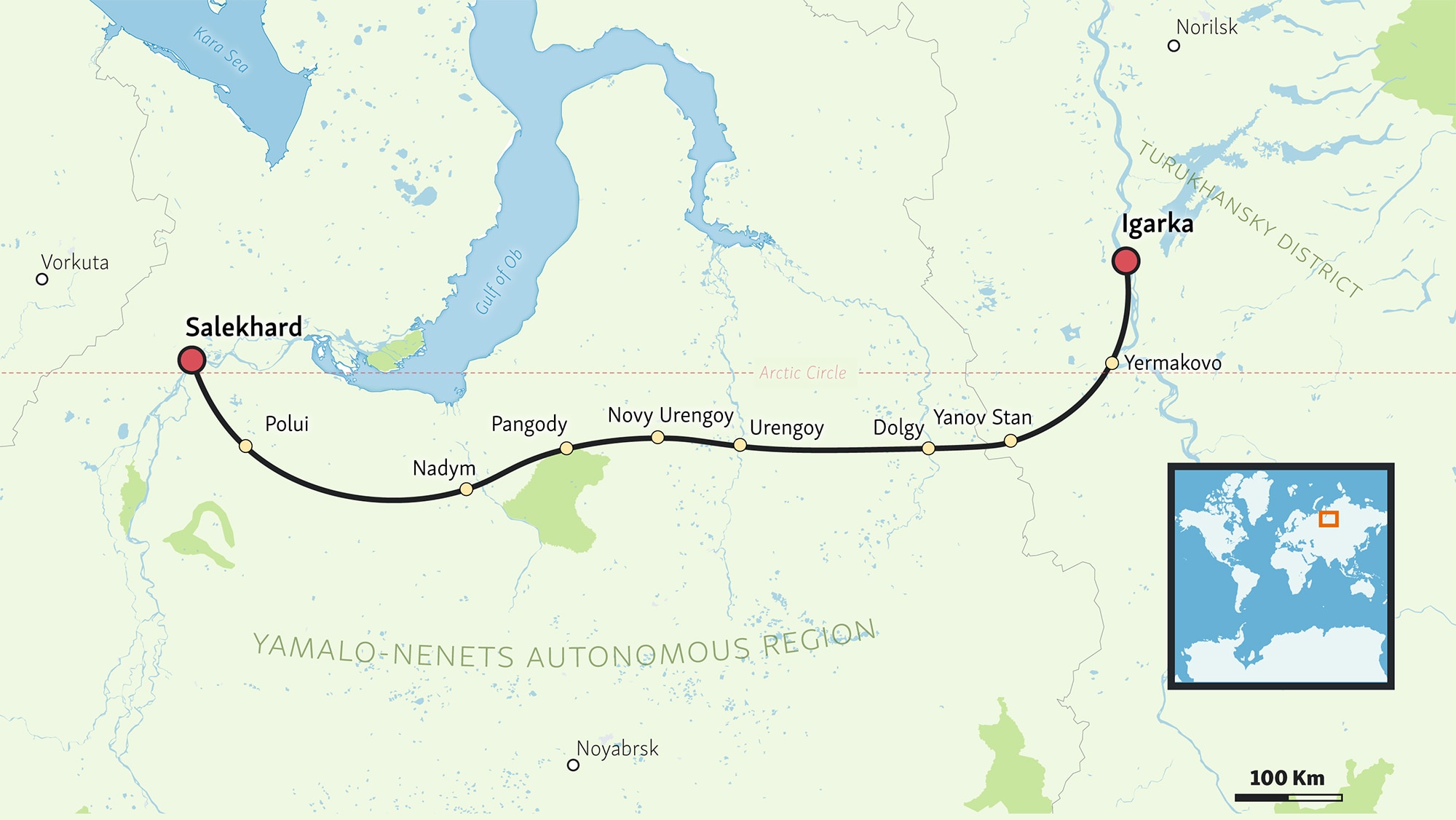
The railroad would have connected Russia’s arctic waters with its western railway network. Most records relating to the gulag -- the brutal network of forced-labor camps for dissenters, criminals, and other perceived threats -- remain secret. But it’s likely that Stalin, spooked by the incursion of Nazi submarines into the Arctic during World War II, wanted the railway in place as a means of supplying a planned naval port. The railway also would have connected northern nickel mines to Soviet factories to the west.
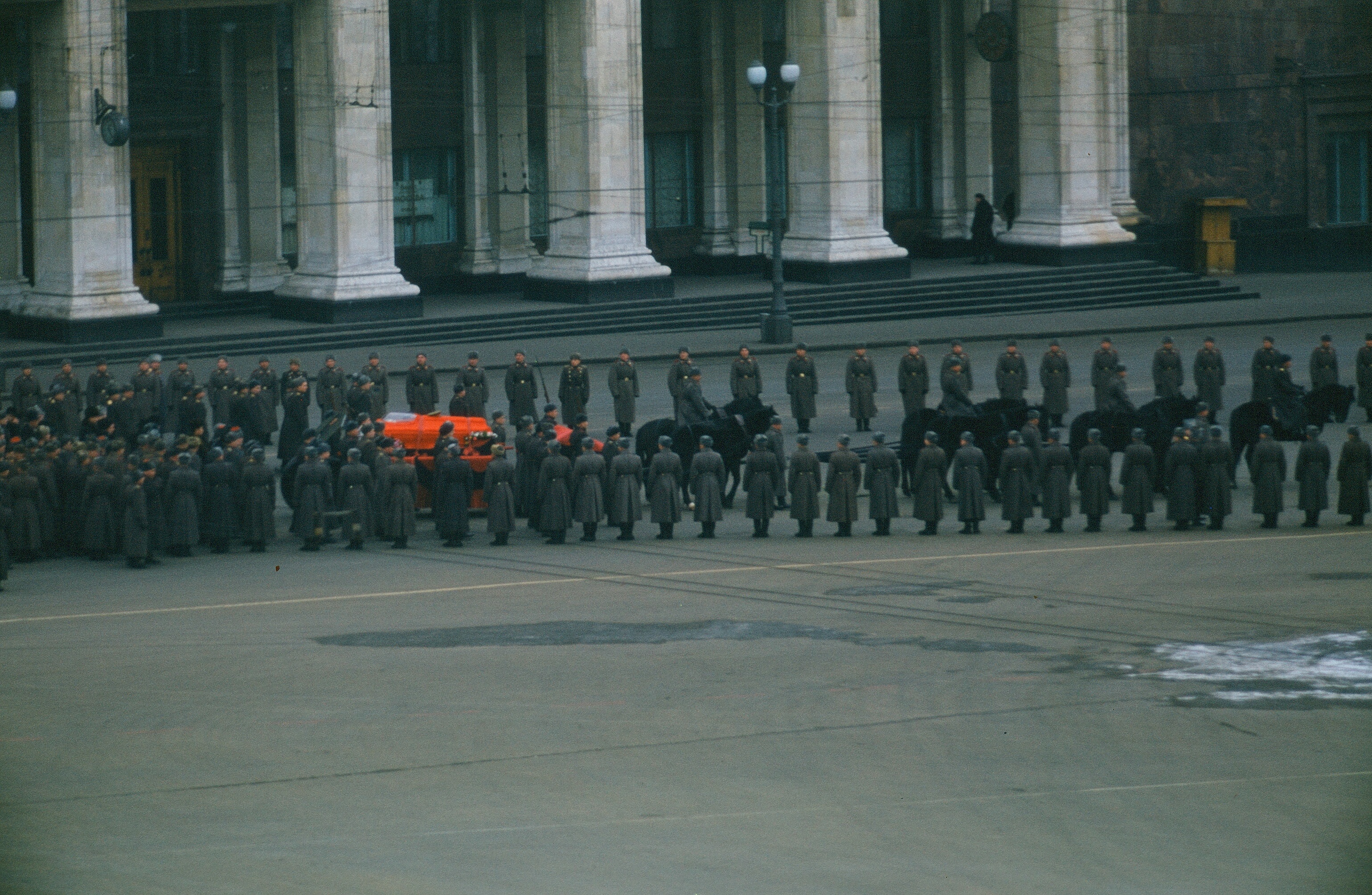
But just days after Stalin’s death, in 1953, the project was canceled amid the subsequent “thaw.”

Since then, the railway’s gulag camps have lain abandoned, sinking further into the forest under the weight of each winter’s snow.
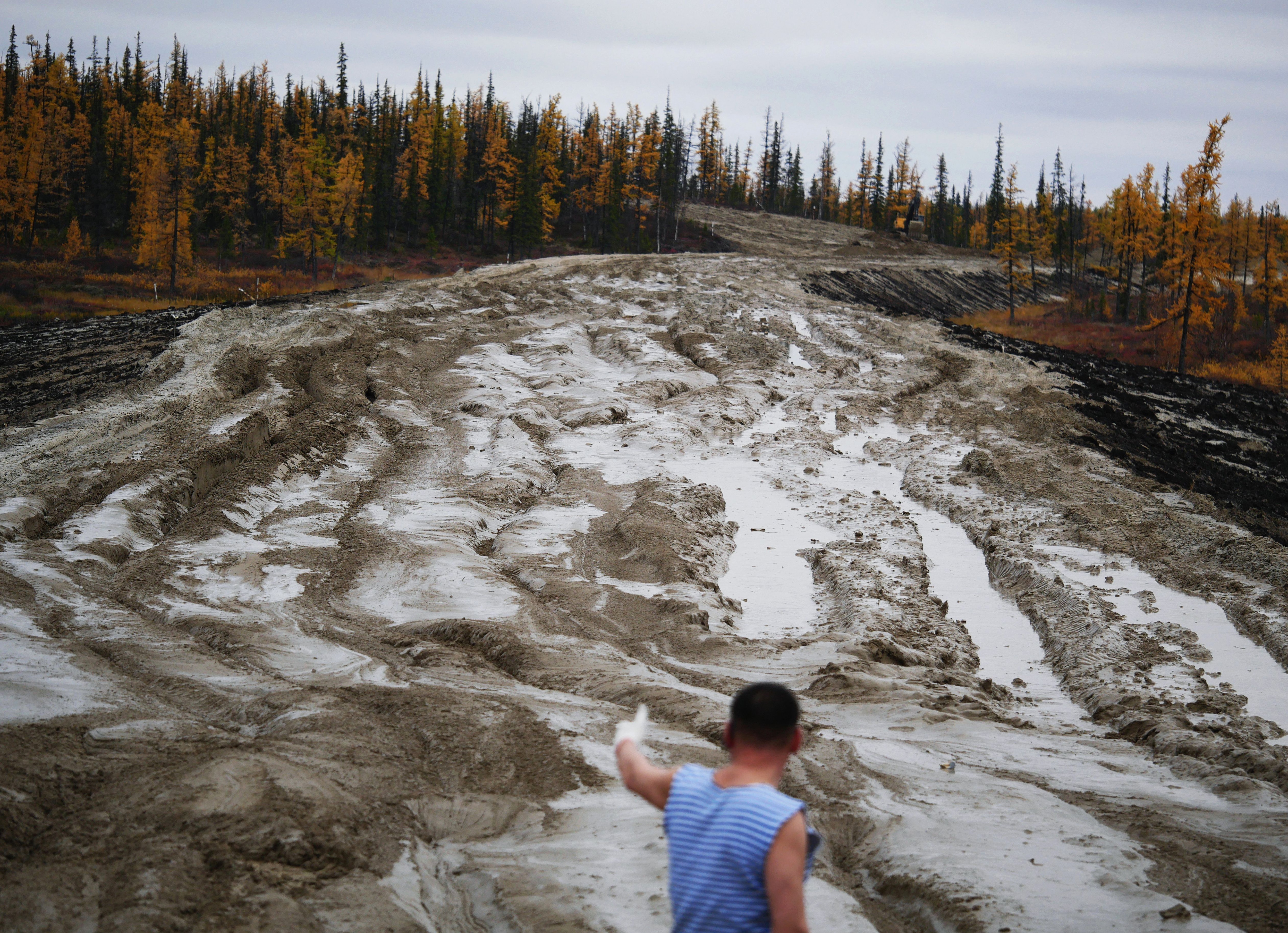
Getting to the camps today is difficult outside of winter – with most lying beyond terrain that would bog a tank.

Only specialized vehicles, like this balloon-tired Trekol that we were in, are able to move through the swampy region where the railroad was laid.
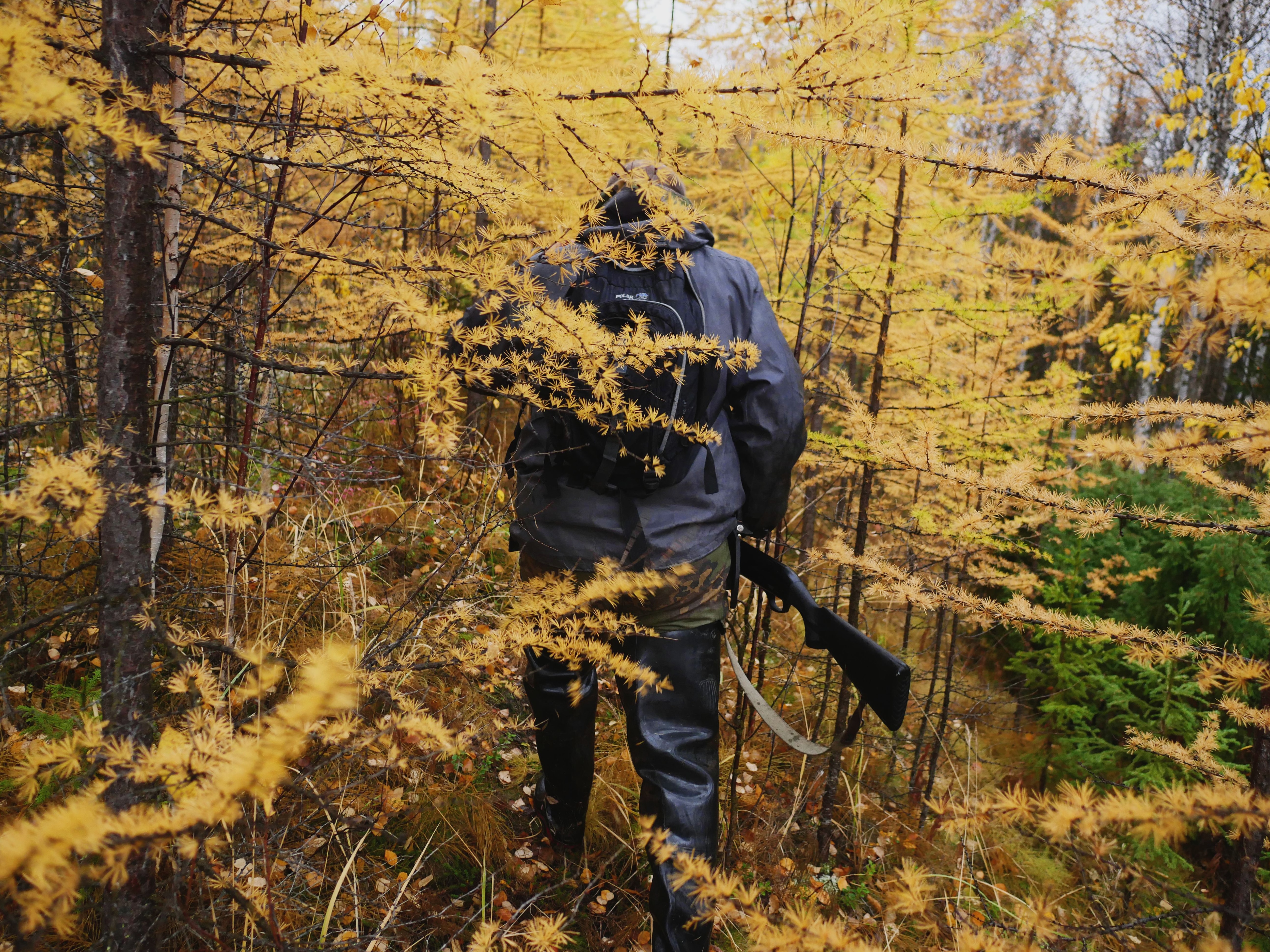
A hunter who roams the backcountry between Salekhard and Nadym led me to several of the camps.
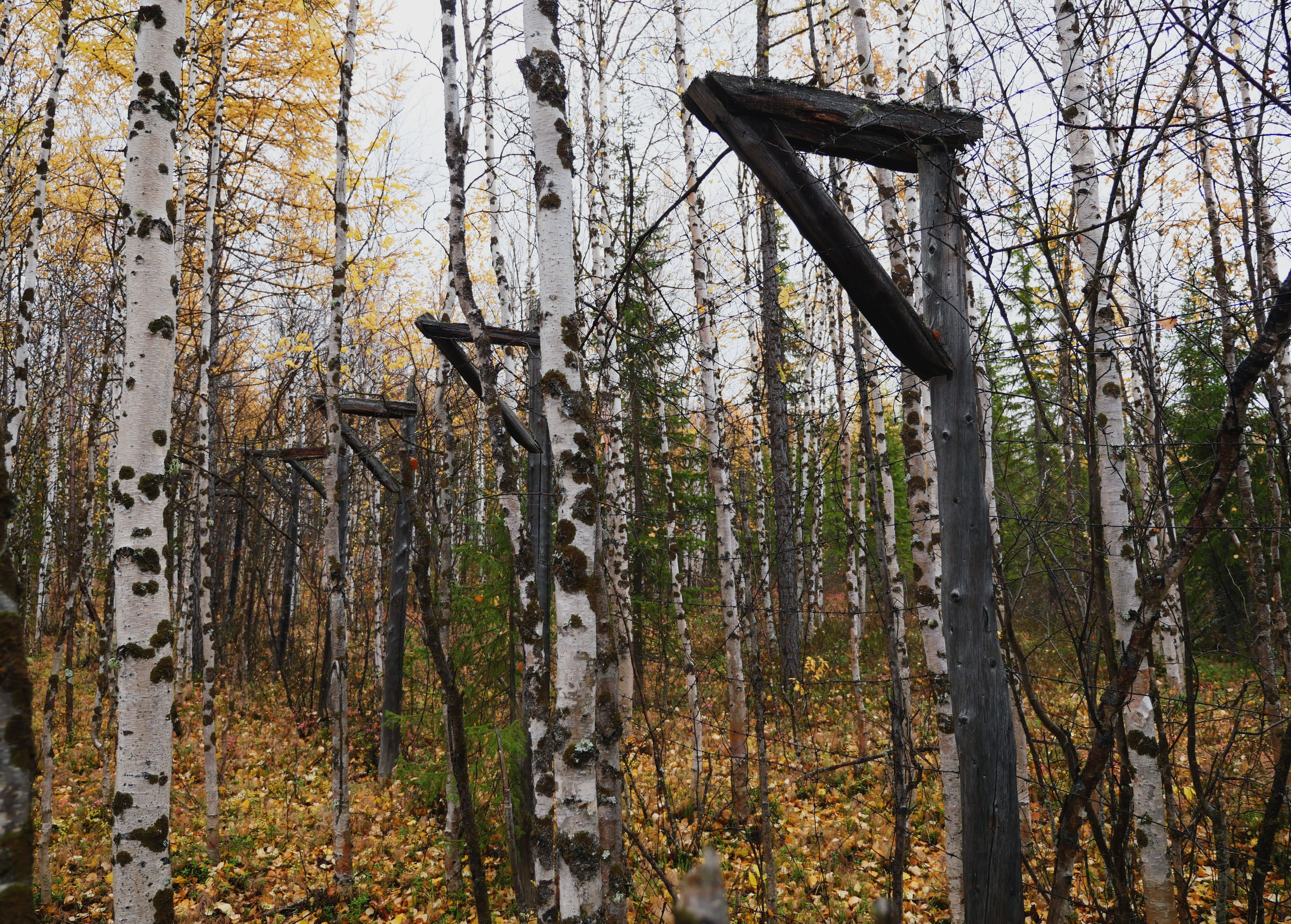
A barbed-wire perimeter fence marking the edge of a camp.
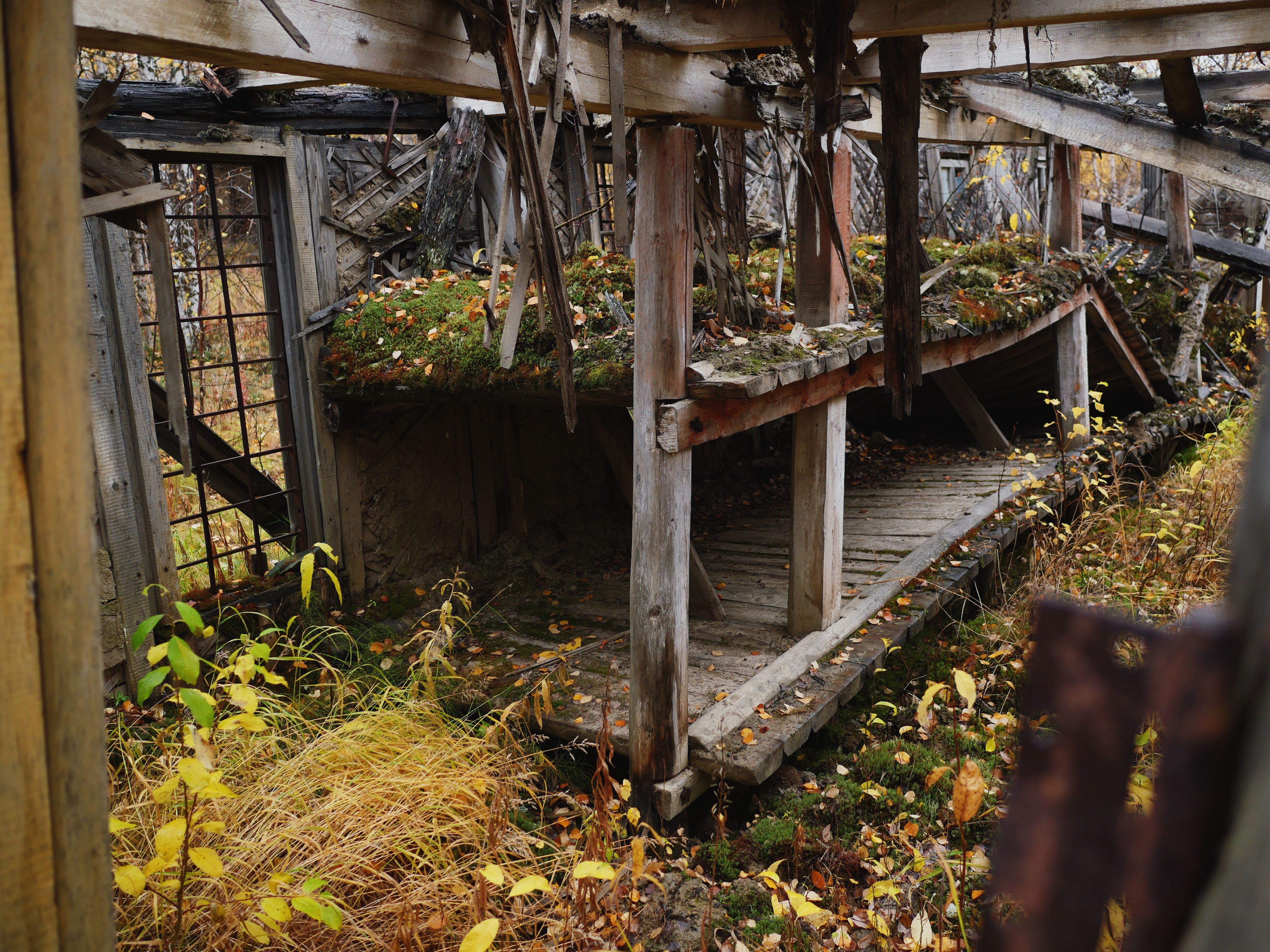
Inside, rotting bunks where prisoners once slept behind barred windows, watched by guards through a peephole.
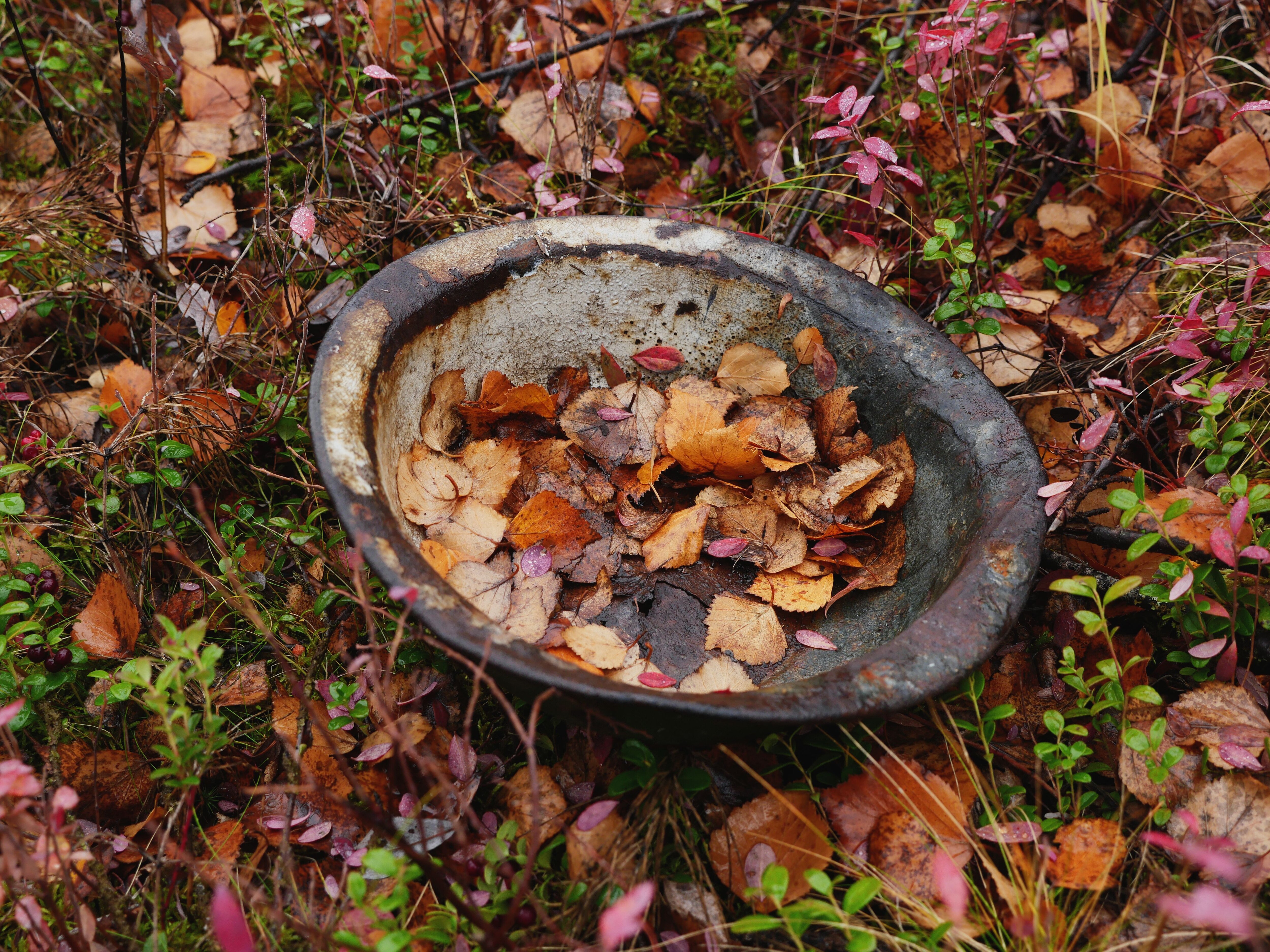
A food bowl near a derelict labor camp. Prisoners on the project recalled daily food rations of around 900 grams of bread, some millet porridge, and soup.
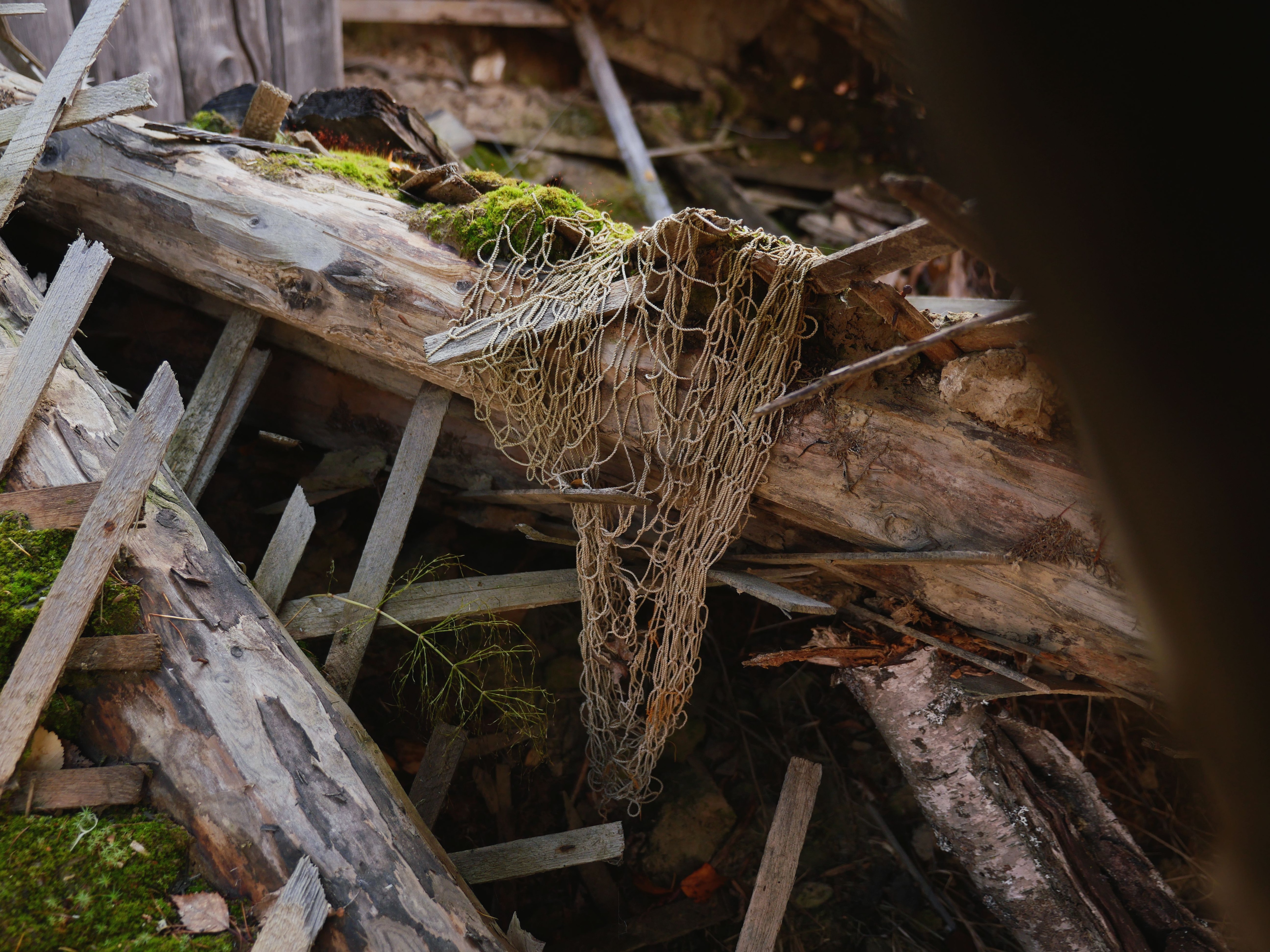
A fishing net in the ruins of a barracks.
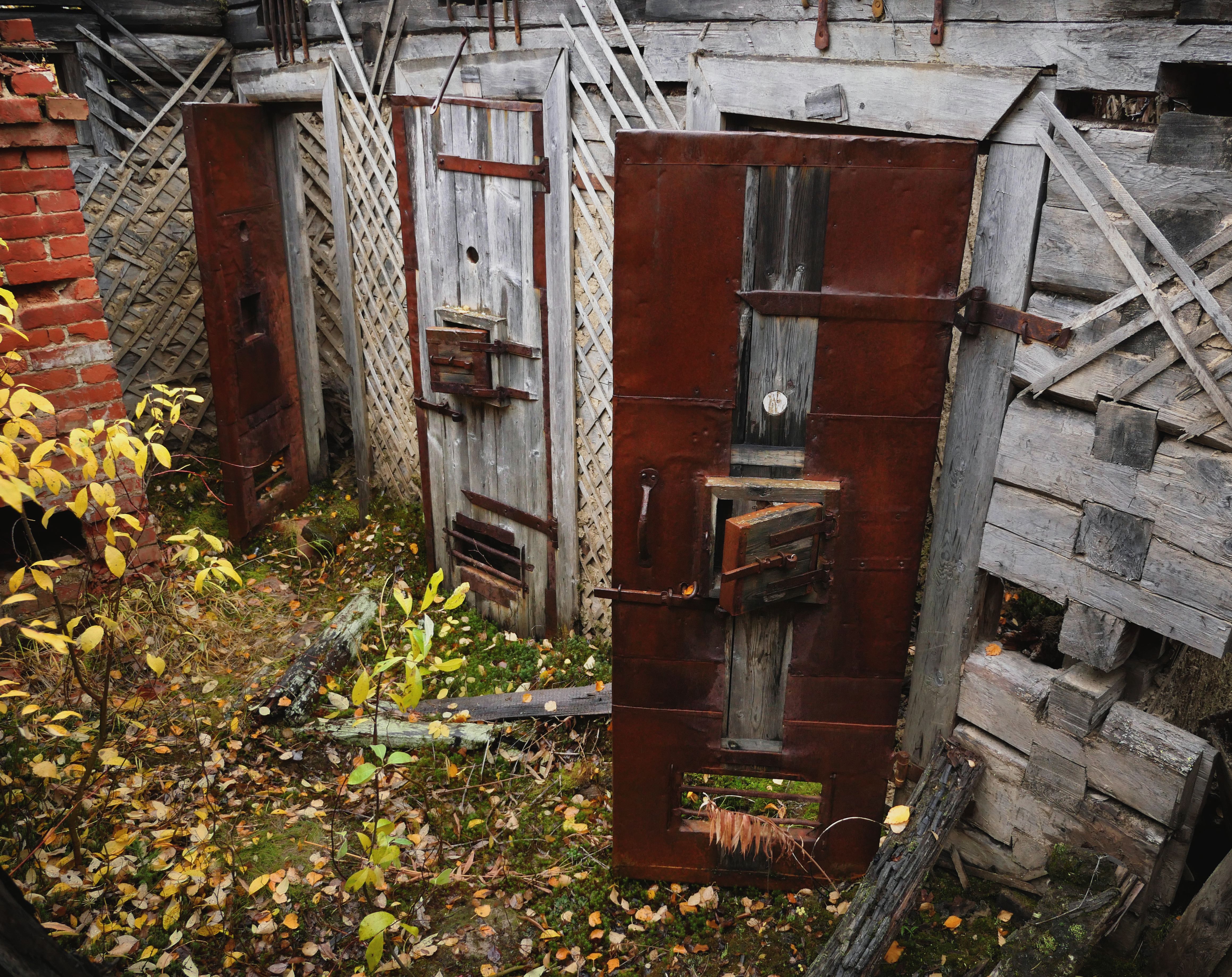
Punishment cells with metal-lined doors. Aleksandr Snovsky, a survivor of what Russians now refer to as the “dead road,” said those consigned to the cells received 200 grams of bread and a cup of water per day.

As well as those sent away for 10-year sentences for anti-Soviet activities, the gulag camps of the railway were also occupied by hardened criminals, who were known to terrorize the genteel victims of Stalin’s repression.
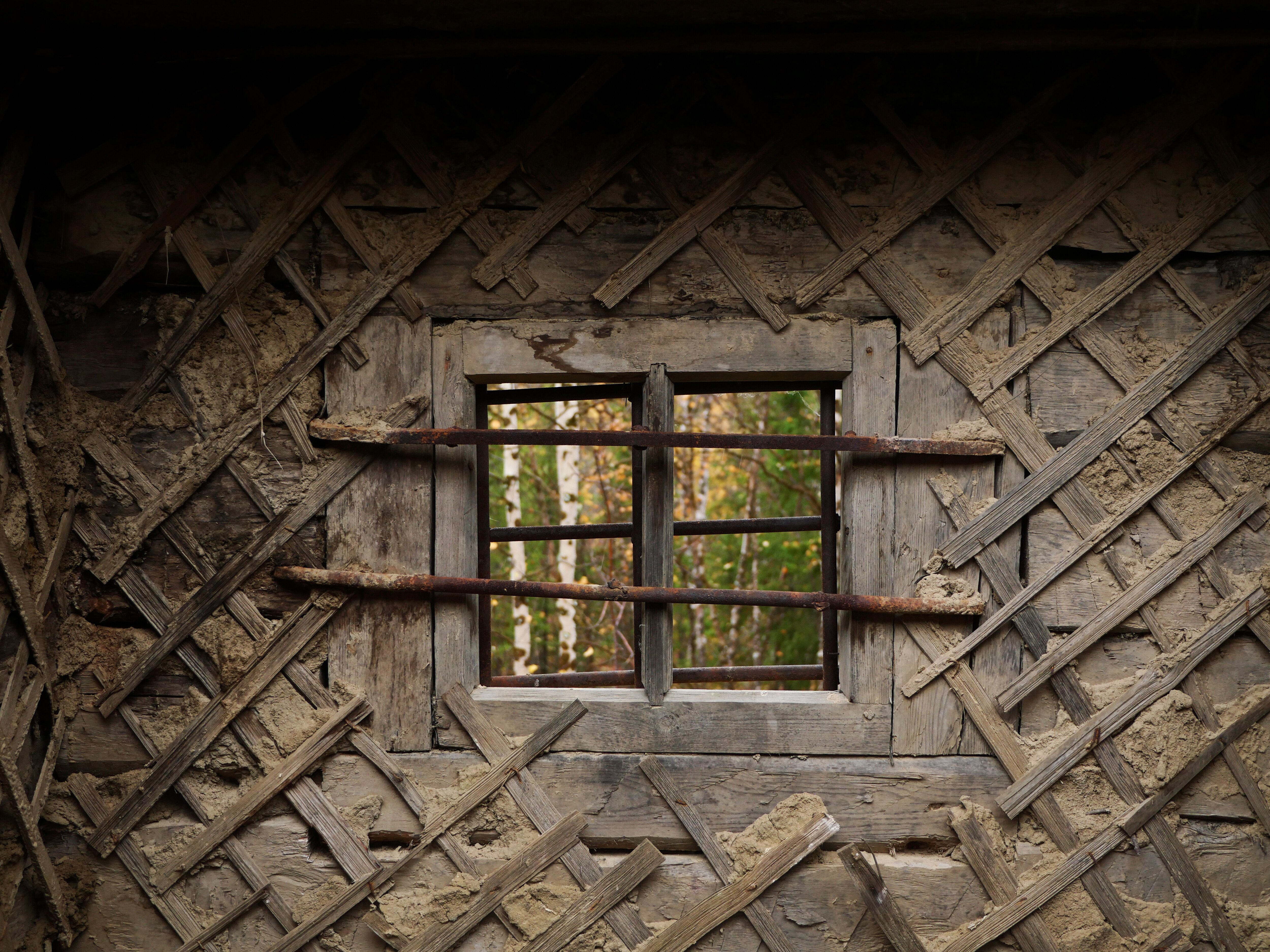
A survivor recalls the hopelessness of escape. “Where to run -- there were just swamps and midges! [Escapees] were cruelly punished: They were caught, stripped naked, and tied up until the gnats bit them to death within two to three hours.”

But the biggest threat to survival, according to another former prisoner, came from the brutal winters, which frequently dropped below -40C.
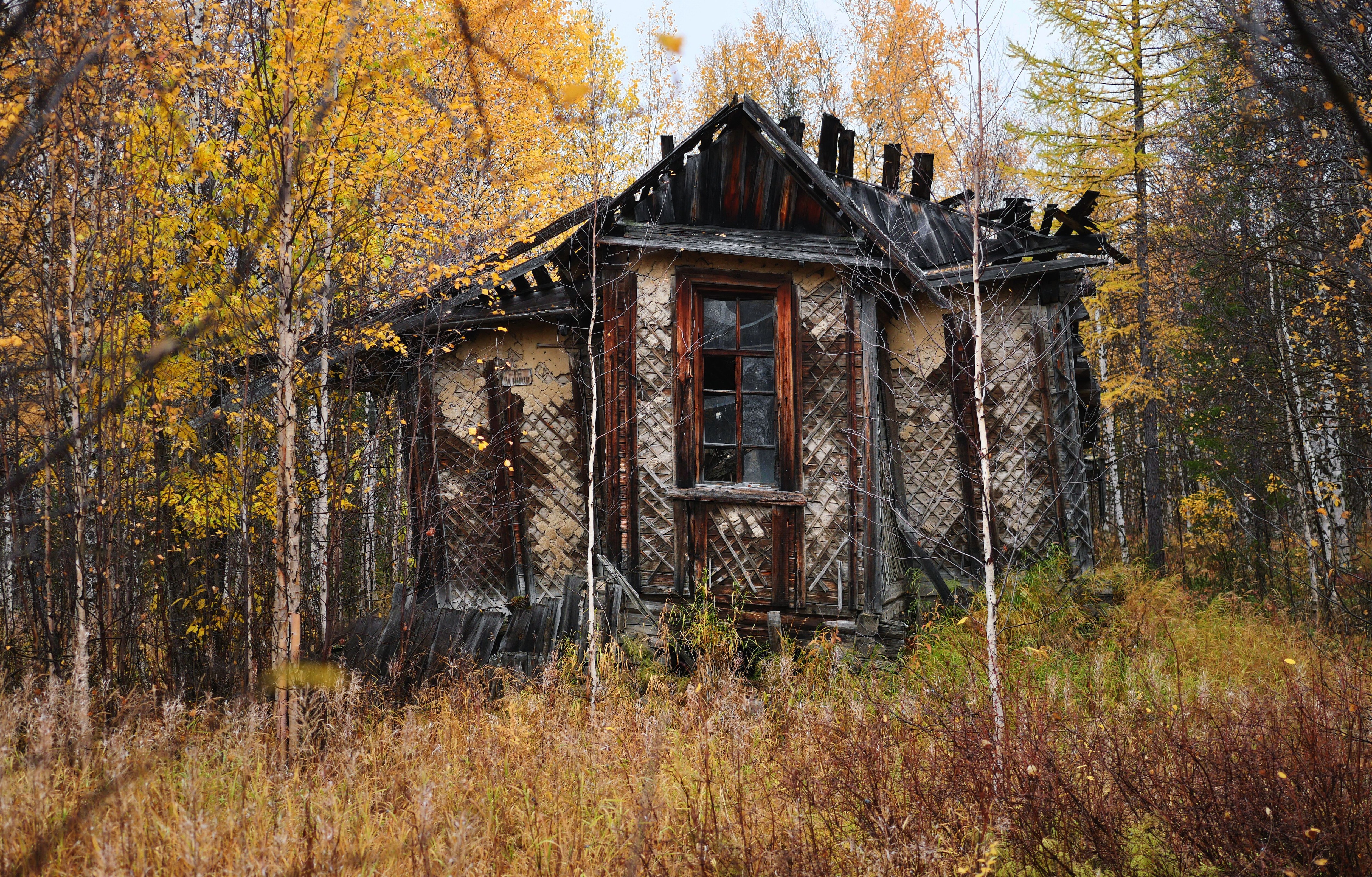
Prisoners were split into gendered barracks. Snovsky says the men would secretly throw letters into the female zone, as well as a rather unique contraband.
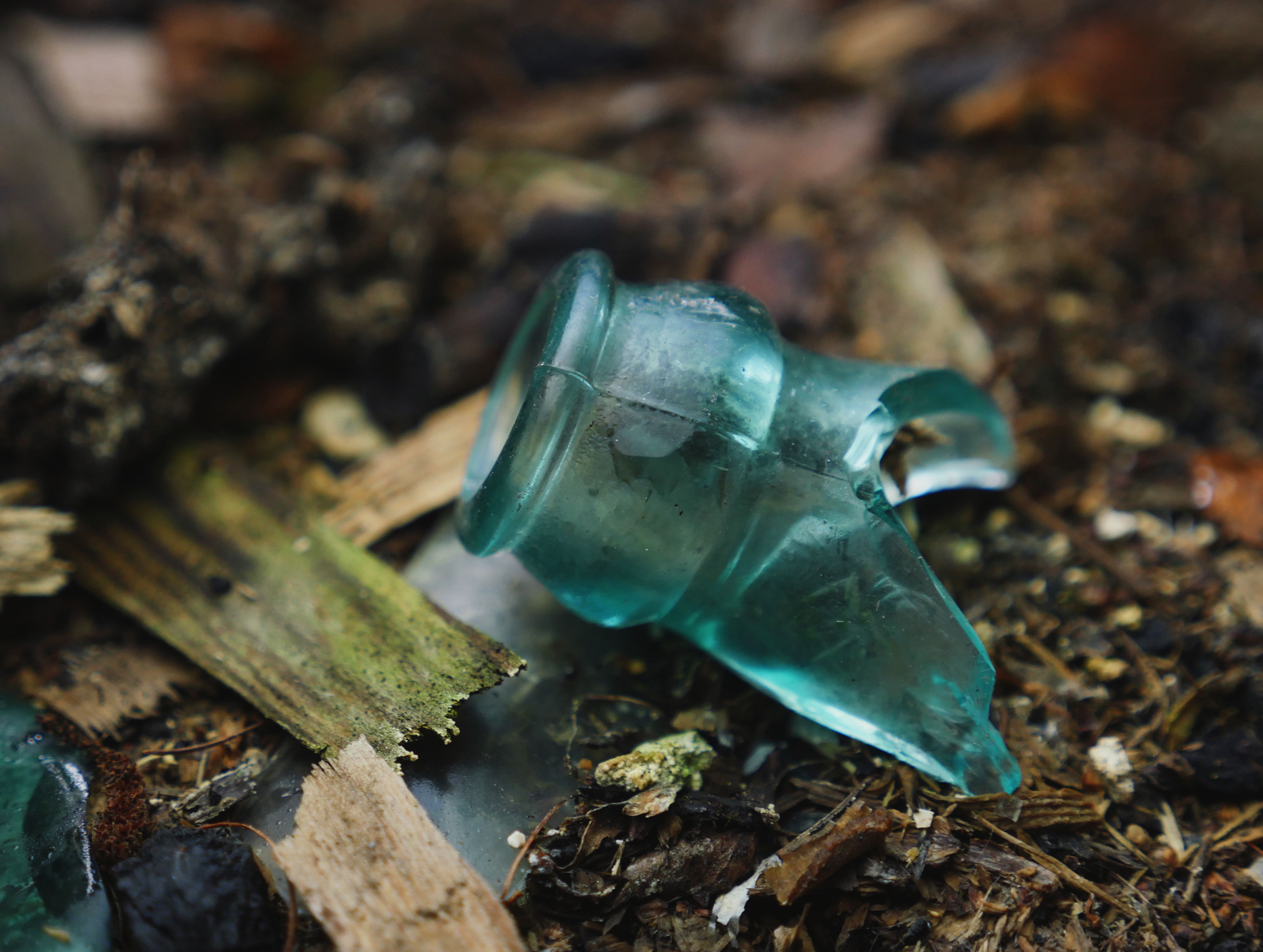
“Also, from the men's area we threw little bottles with a certain liquid with which the poor women hoped to become ‘mommies’ and get themselves out of penal labor.”
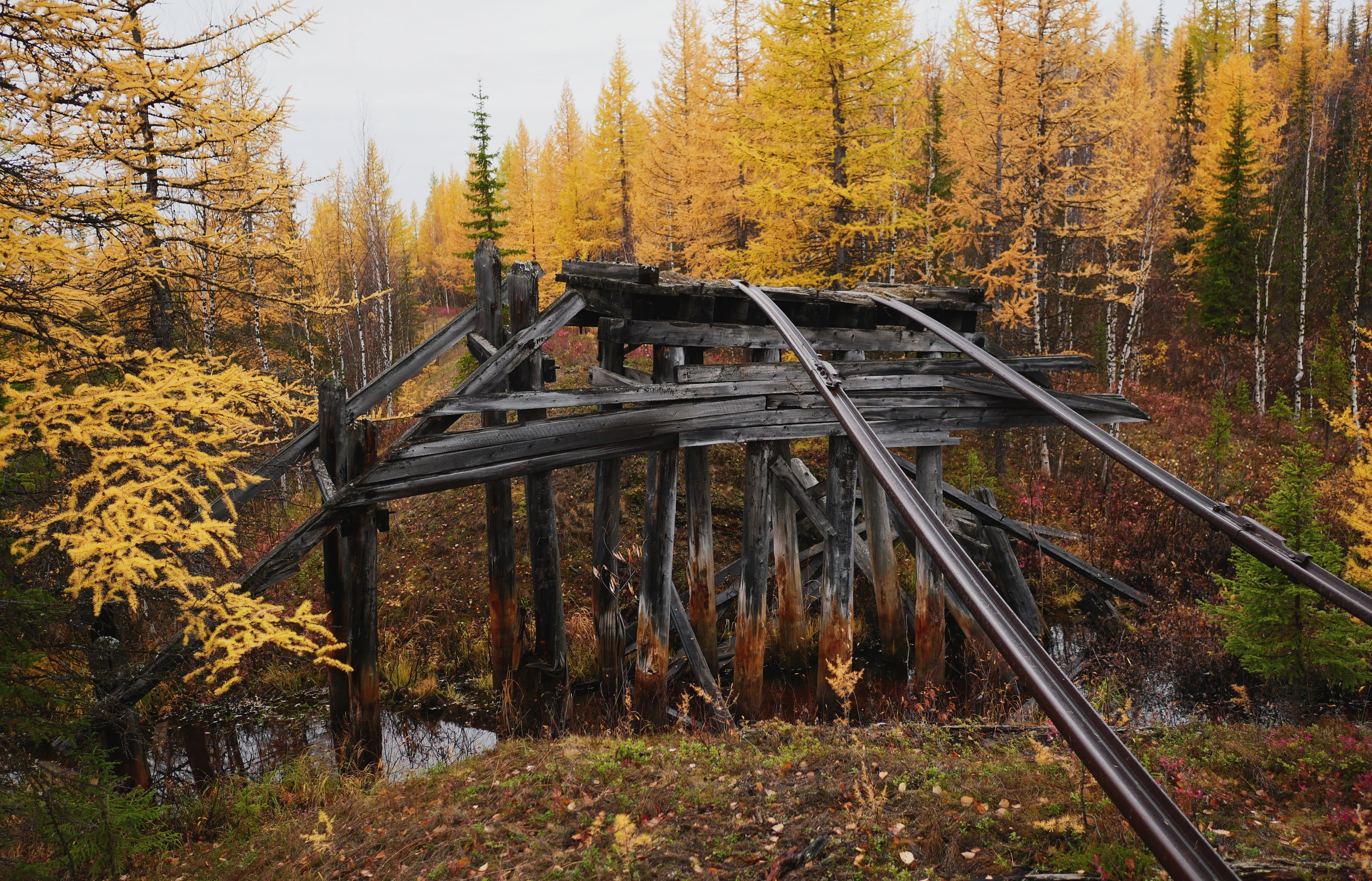
Near a labor camp, one of hundreds of the railway’s bridges, built to span the swampy terrain.
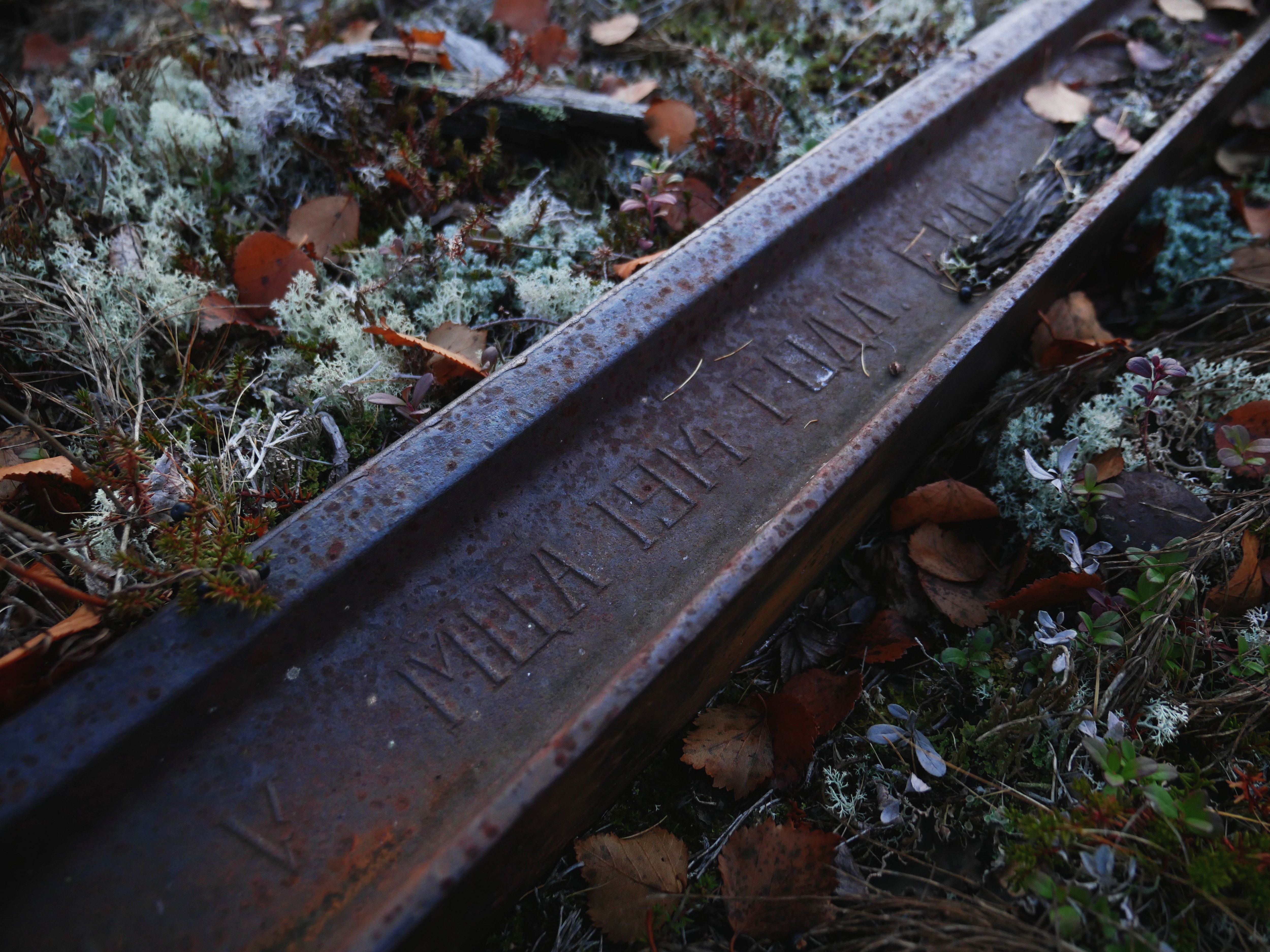
A length of rail, forged shortly before Lenin’s Communists took power in Russia in 1917.
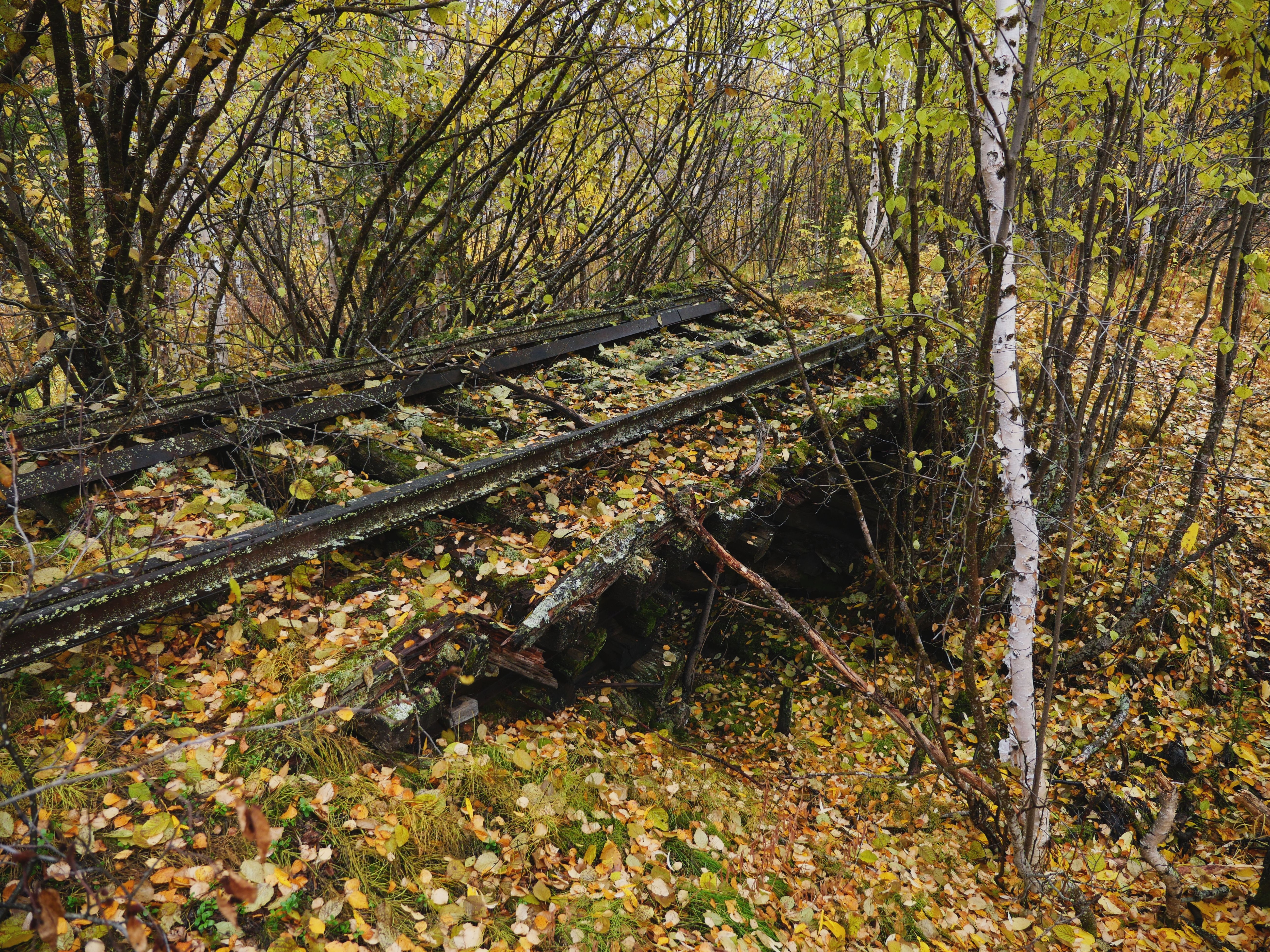
Most engineers engaged on the arctic railway were free workers, while the heavy labor was carried out by prisoners.
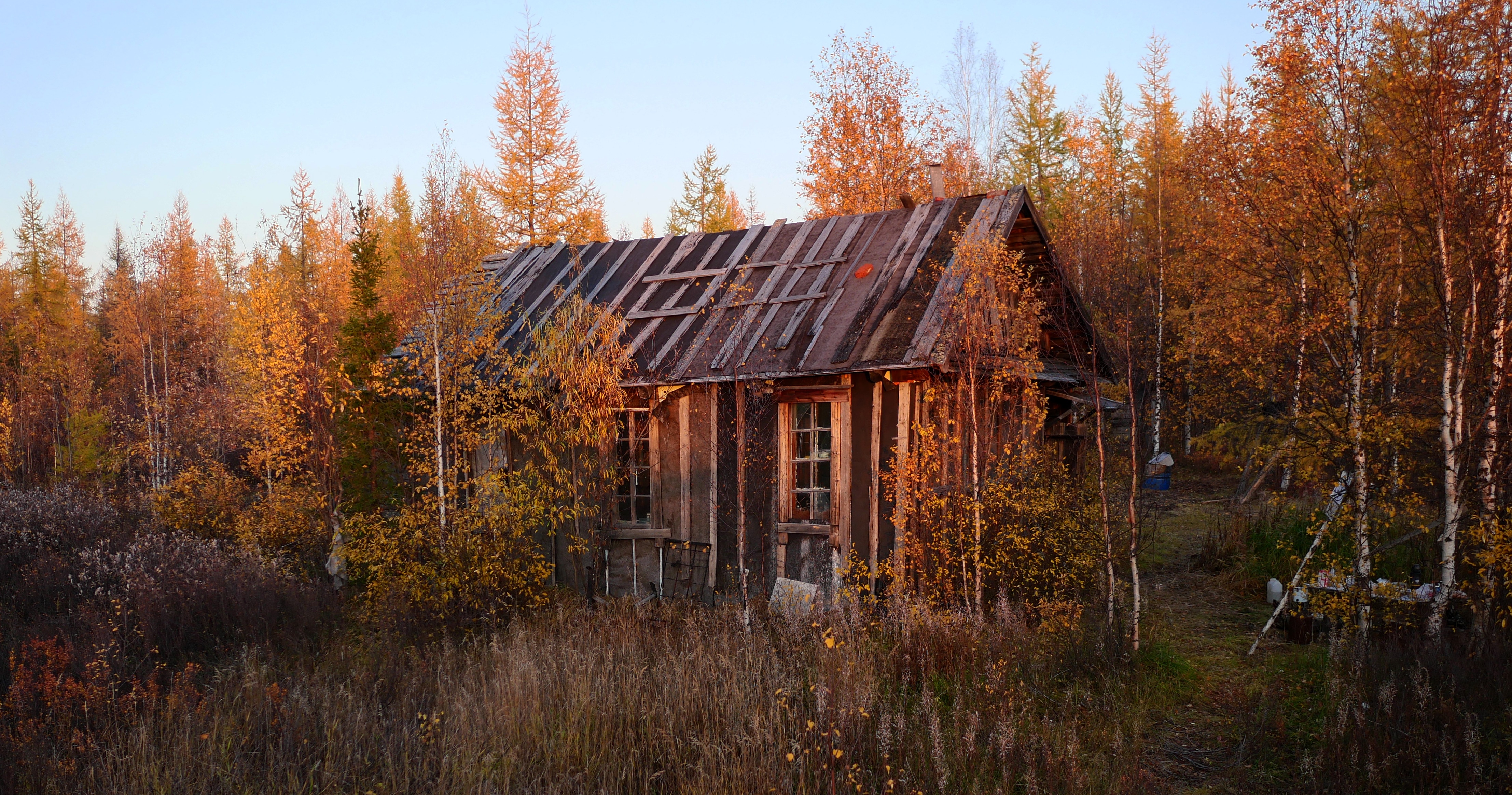
Some remains, like this shack that once probably housed guards, have been maintained and regularly used by hunters.
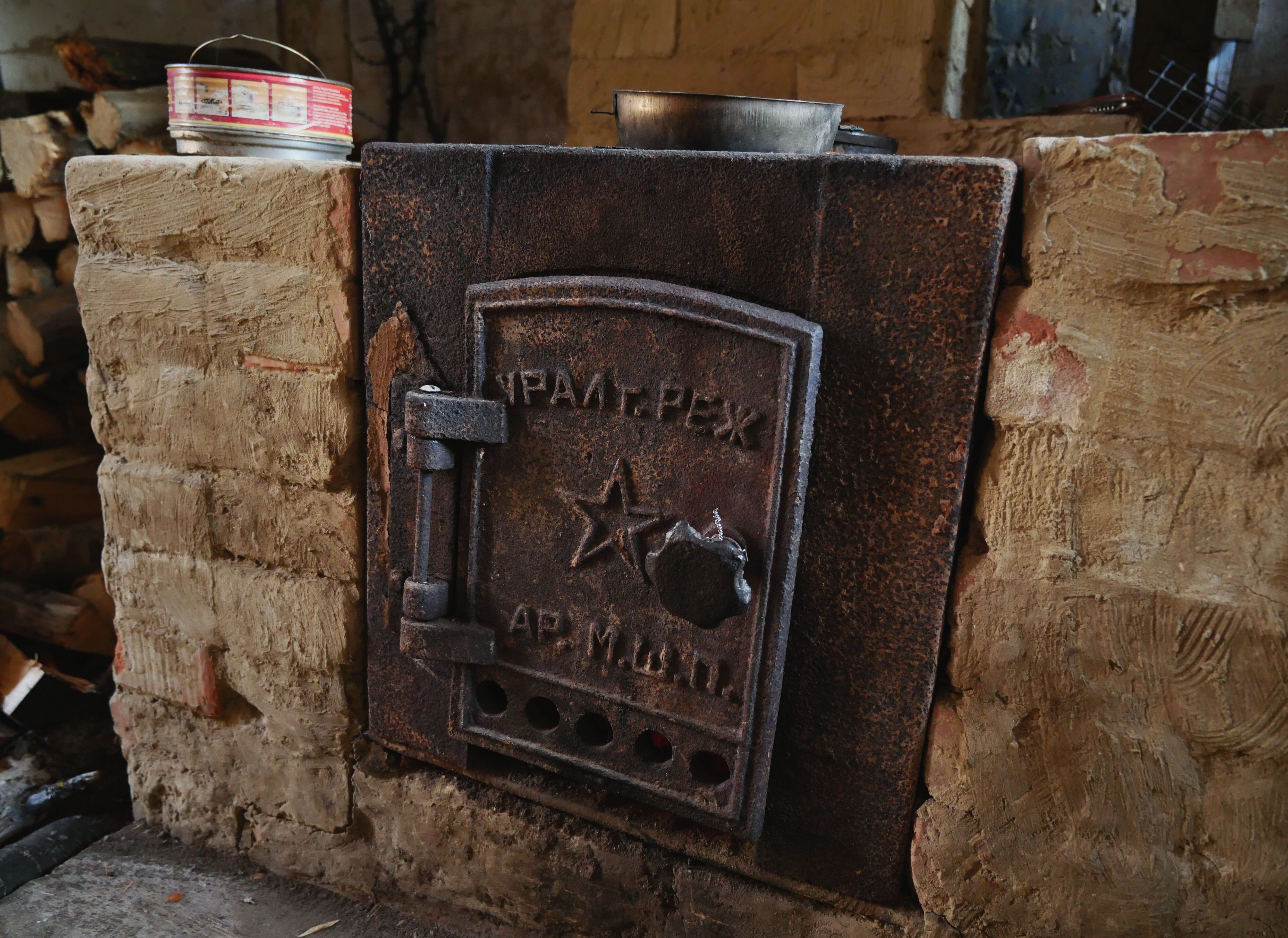
Inside, the communist star of a Stalin-era coal range stays sizzling hot through autumn nights.
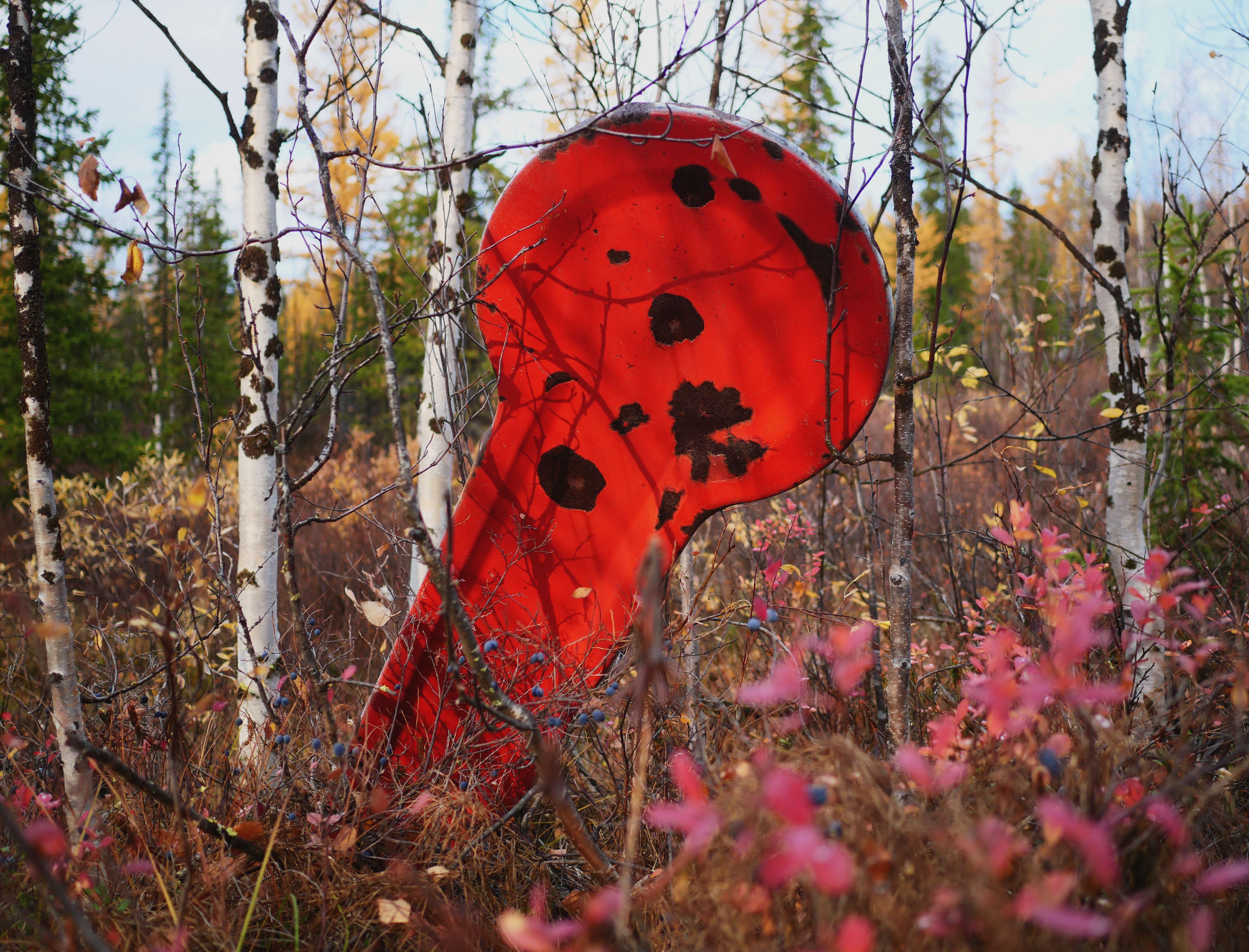
But most of the railway, like this signal marker, is falling into ruin.
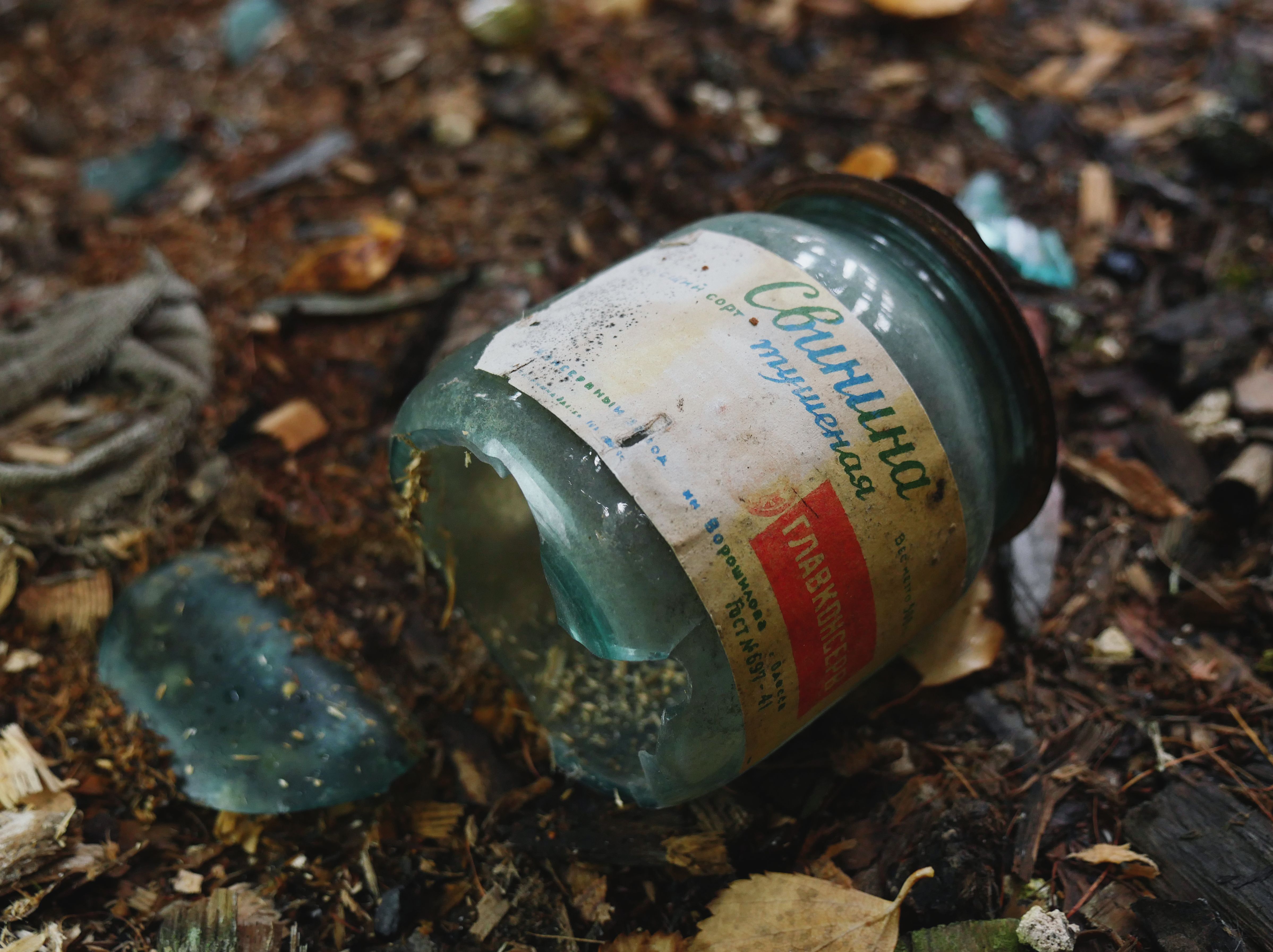
A jar that once contained stewed pork. The reaction of local men who saw this photograph: “We need to put this on eBay!”
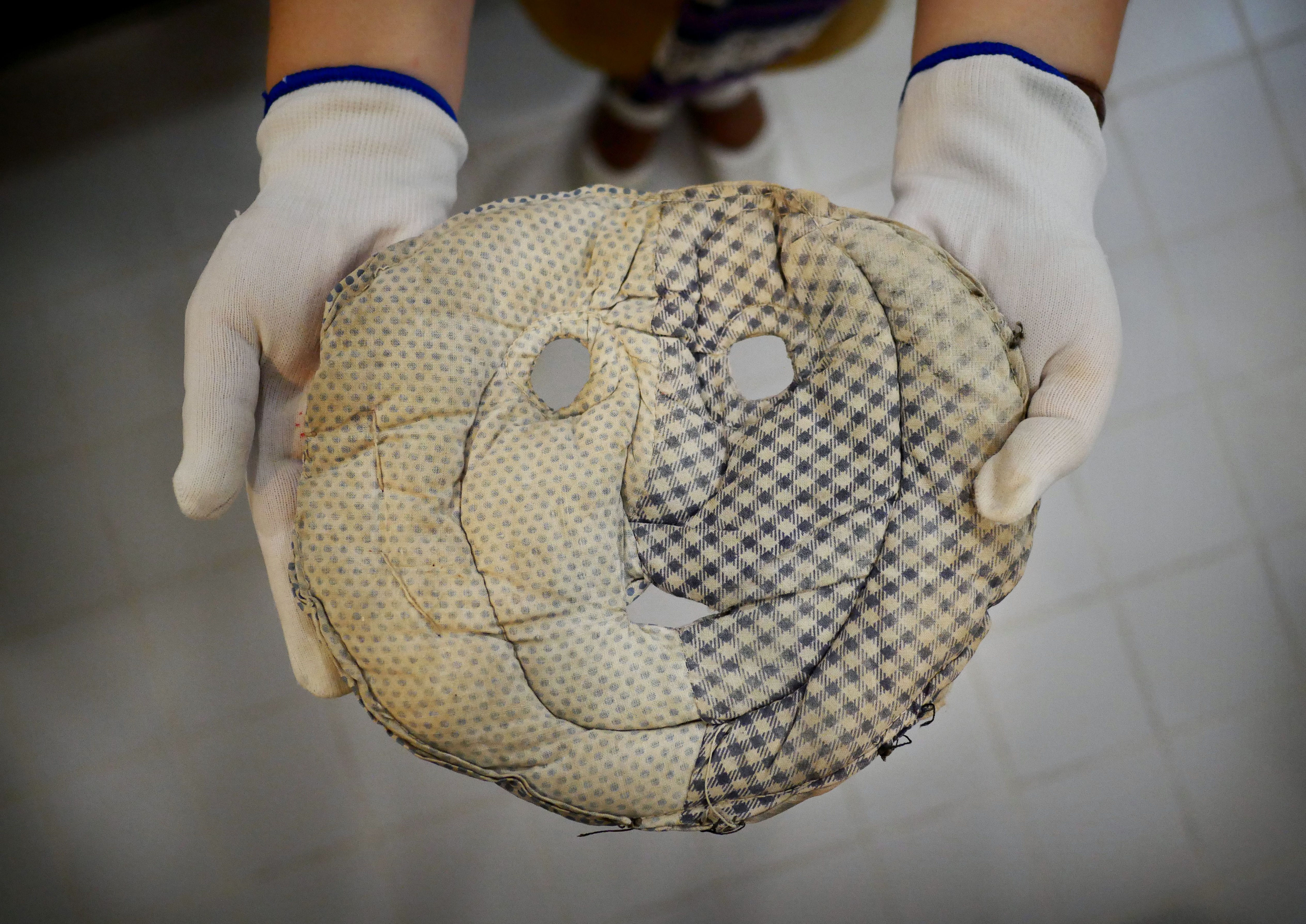
At the largest museum in nearby Salekhard, RFE/RL was told there was no permanent exhibition devoted to the railway. Workers did open their collection, however, to reveal several personal effects of prisoners -- like this padded face mask, used to prevent frostbite.
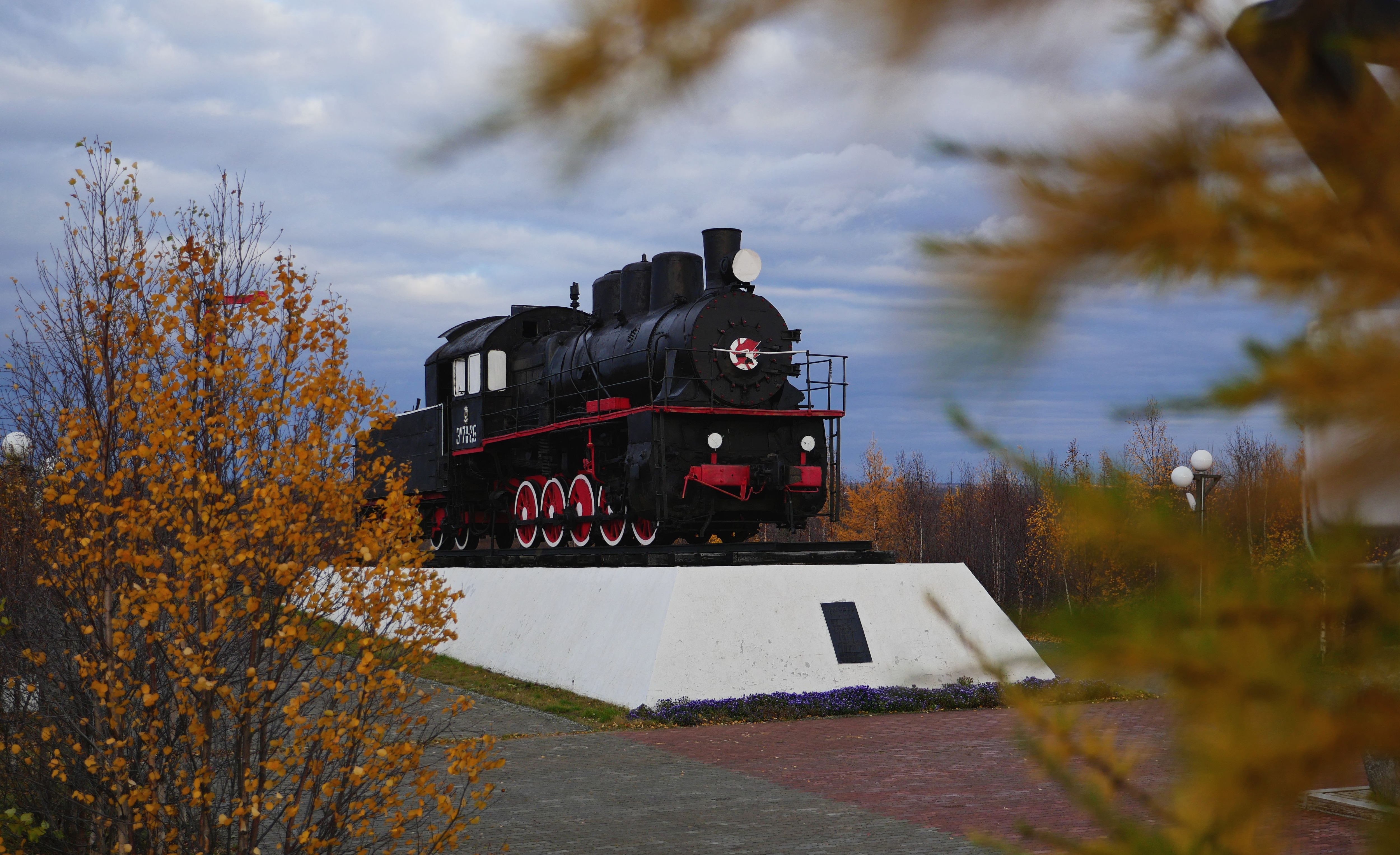
A memorial in Salekhard to victims of the doomed railway project. It’s nearly impossible to say how many forced laborers died in the effort. A witness recalls seeing a cemetery for prisoners that stretched “almost to the taiga. They didn’t put crosses on their graves, just small pegs with camp numbers.”
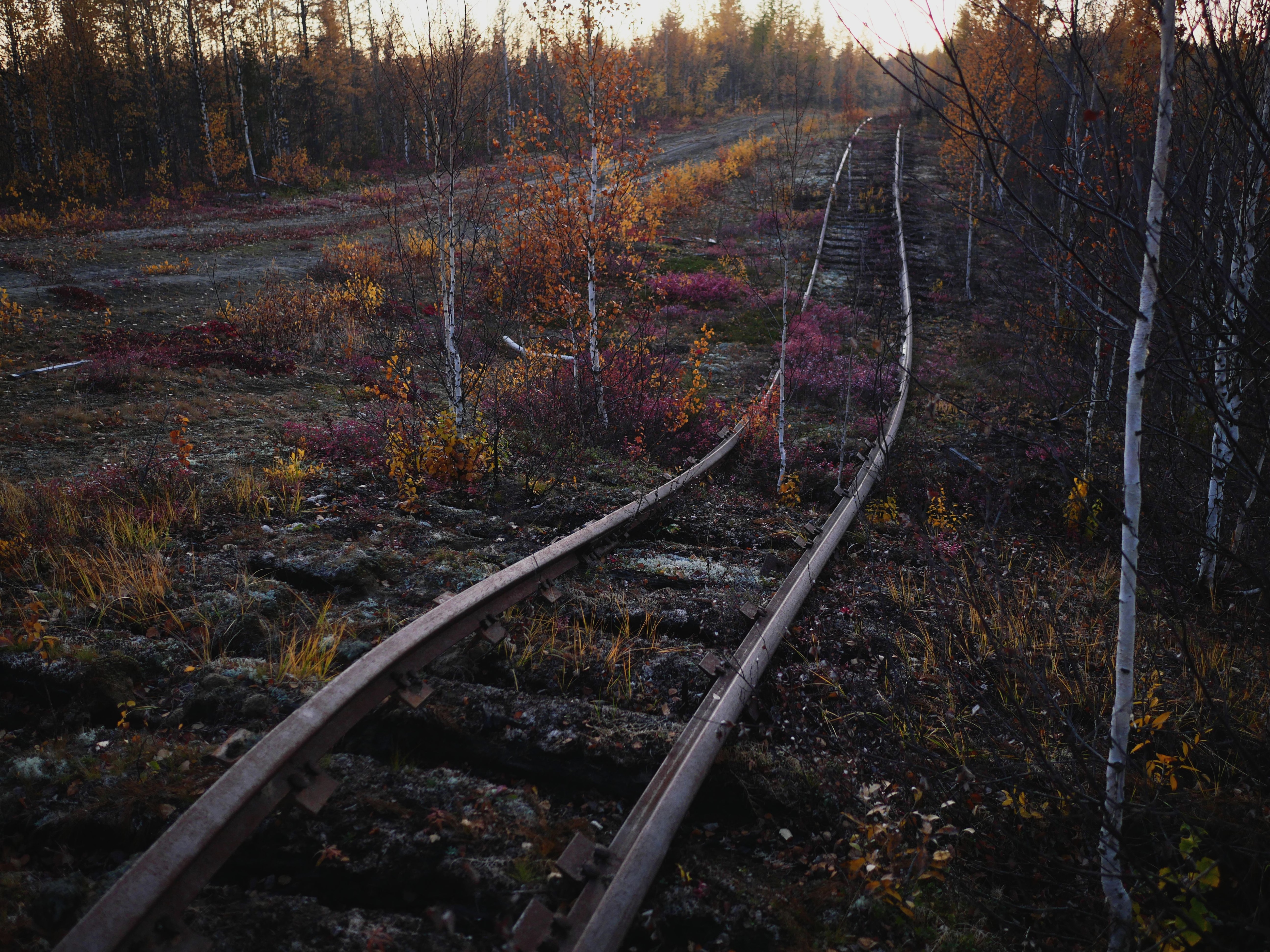
For camp survivor Snovsky, who now lives with his wife near St. Petersburg (he fell ill the day before RFE/RL was due to meet with him), the biggest tragedy was the project’s futility: ”Tens of thousands of human lives for nothing. For me, the saddest thing was that it was for nothing.”